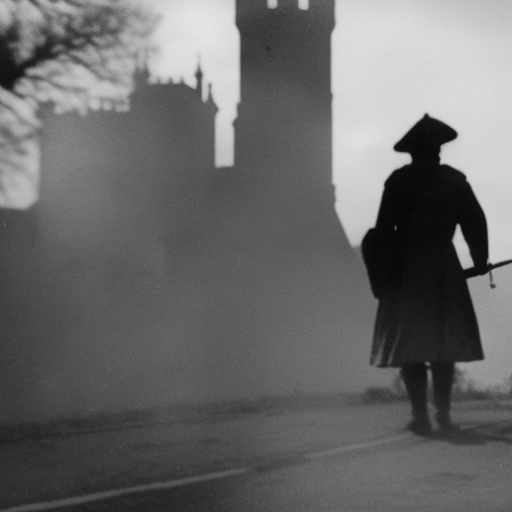Summary:
The English Civil War was a series of armed conflicts that took place in England between 1642 and 1651. It was primarily a struggle for power between the monarchy, led by King Charles I, and Parliament, which sought to limit the king’s authority. The war resulted in the temporary overthrow of the monarchy and the establishment of a republican government, but ultimately led to the restoration of the monarchy.
Causes of the English Civil War:
The English Civil War was the culmination of long-standing tensions between the monarchy and Parliament. King Charles I believed in the divine right of kings and sought to rule without interference from Parliament. However, Parliament, led by Puritan members, was increasingly concerned about the king’s authoritarian rule and his attempts to impose religious reforms.
First Civil War (1642-1646):
The First Civil War began in 1642 when King Charles I raised his royal standard in Nottingham, officially declaring war on Parliament. The conflict was characterized by a series of battles and sieges across England. The Royalists, who supported the king, initially had the upper hand, winning several key battles. However, the Parliamentarians, led by Oliver Cromwell, gradually gained strength and eventually defeated the Royalists.
Interregnum (1649-1660):
Following the execution of King Charles I in 1649, England was declared a republic, known as the Commonwealth. Oliver Cromwell became the Lord Protector and ruled the country as a de facto dictator. This period, known as the Interregnum, was marked by political instability and religious conflicts. Cromwell’s rule was characterized by strict Puritanism and the suppression of dissent.
Second Civil War (1648-1649):
The Second Civil War erupted in 1648 when a faction of Royalists, known as the Engagers, joined forces with Scottish Covenanters to overthrow the Commonwealth. However, the Parliamentarians, led by Cromwell, swiftly crushed the rebellion. The defeat of the Royalists led to the trial and execution of King Charles I, further solidifying the power of the Commonwealth.
Third Civil War (1650-1651):
The Third Civil War was sparked by a Scottish invasion of England in support of the exiled Charles II, son of the executed king. Cromwell’s forces decisively defeated the Scots at the Battle of Worcester in 1651, effectively ending the war. This victory solidified Cromwell’s power and marked the beginning of the Commonwealth’s expansionist policies.
Restoration of the Monarchy (1660):
Following Cromwell’s death in 1658, his son Richard proved unable to maintain control, leading to the collapse of the Commonwealth. In 1660, the monarchy was restored, and Charles II, son of the executed king, ascended the throne. The Restoration marked the end of the English Civil War and the return to a more traditional form of government.
Legacy of the English Civil War:
The English Civil War had a profound impact on English society and politics. It established the principle that the monarch’s power should be limited by Parliament, laying the groundwork for constitutional monarchy. The war also highlighted the importance of religious tolerance and freedom of conscience. Additionally, the conflict had significant economic consequences, as it disrupted trade and caused widespread destruction.
In conclusion, the English Civil War was a pivotal event in English history that resulted from the struggle for power between the monarchy and Parliament. The war led to the temporary overthrow of the monarchy, the establishment of a republican government, and ultimately, the restoration of the monarchy. Its legacy can still be seen in the principles of constitutional monarchy and religious freedom that shape modern England.












